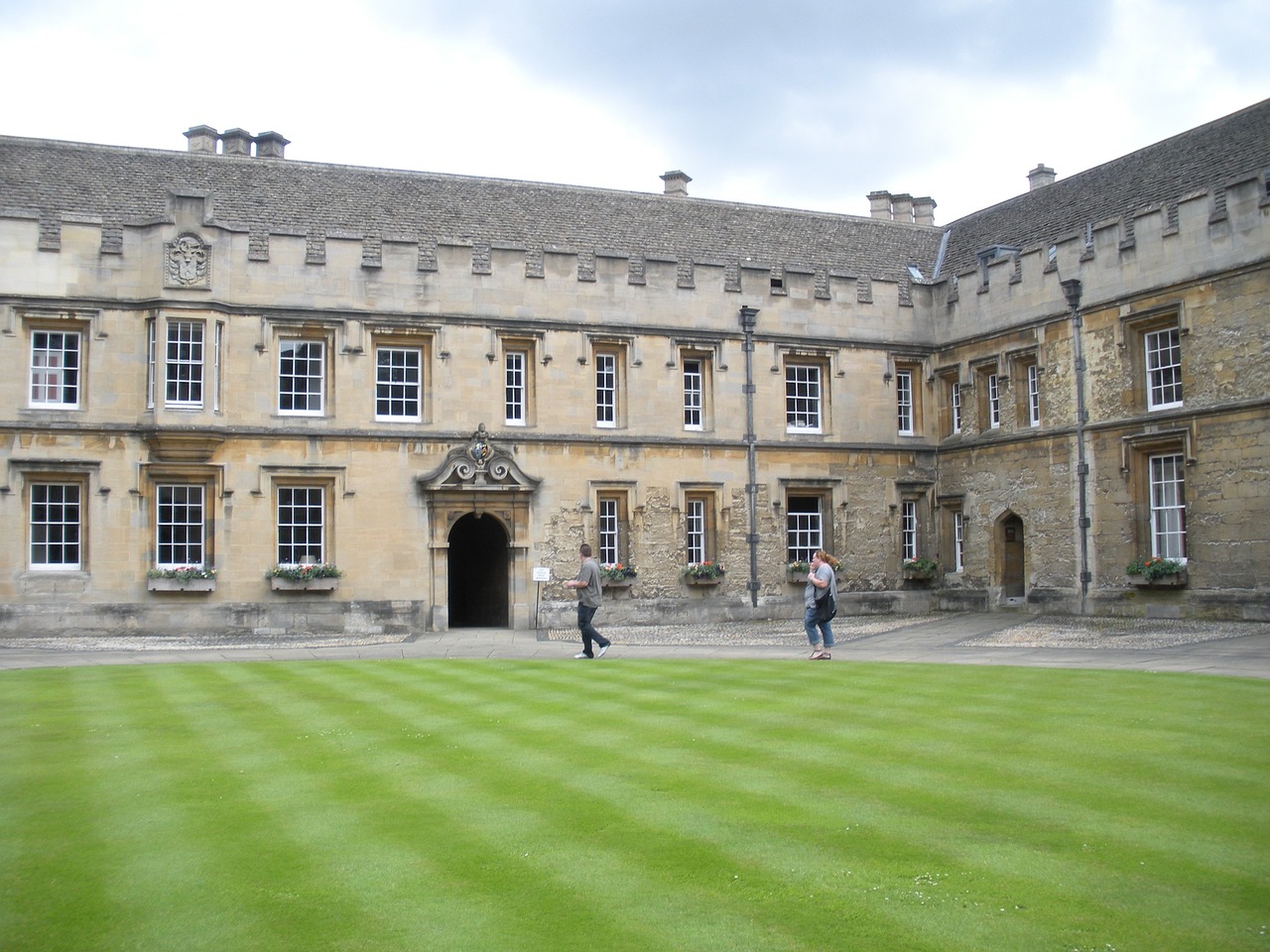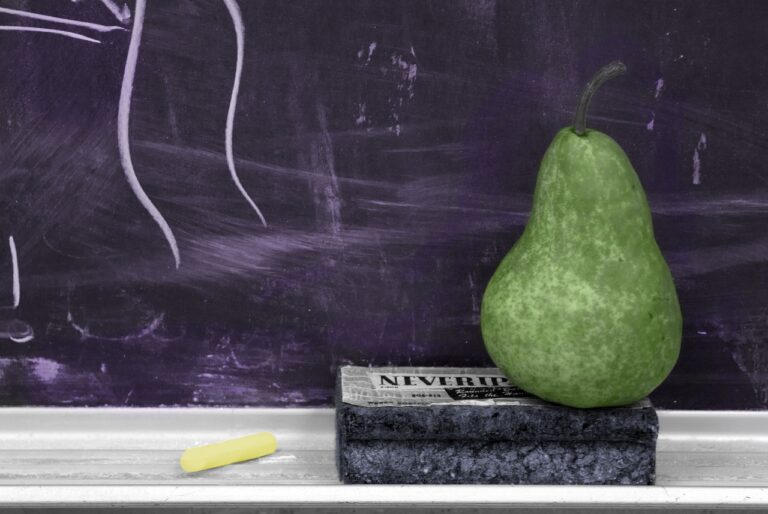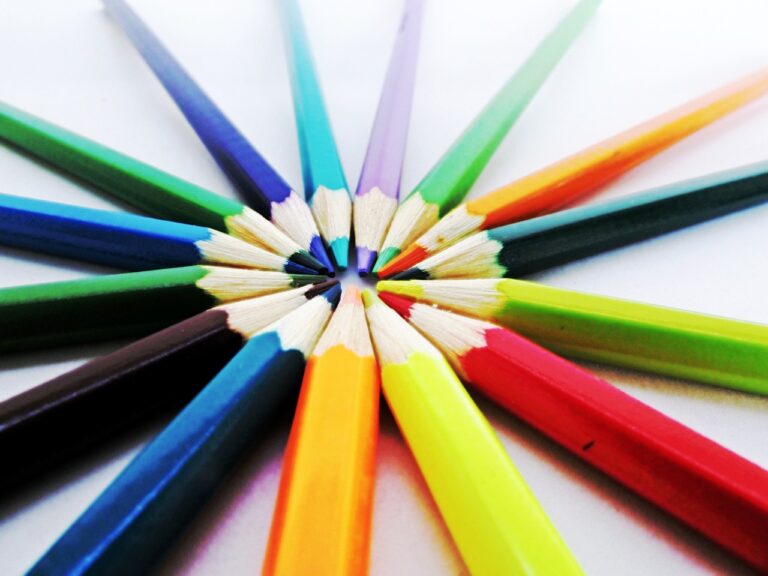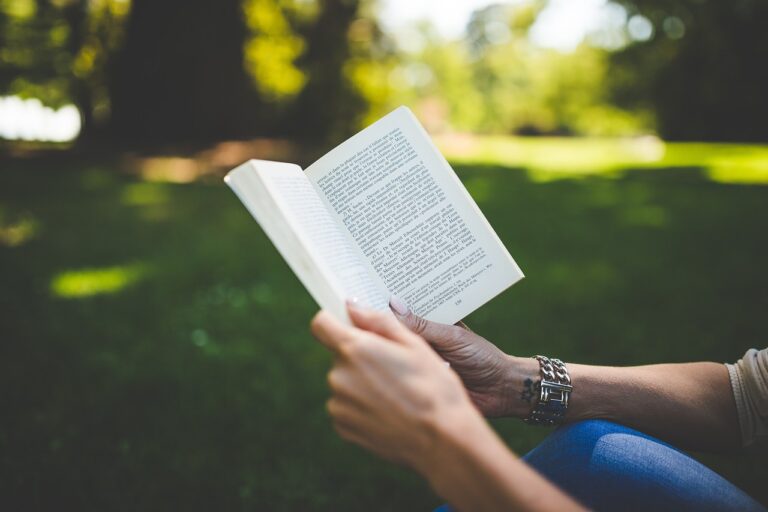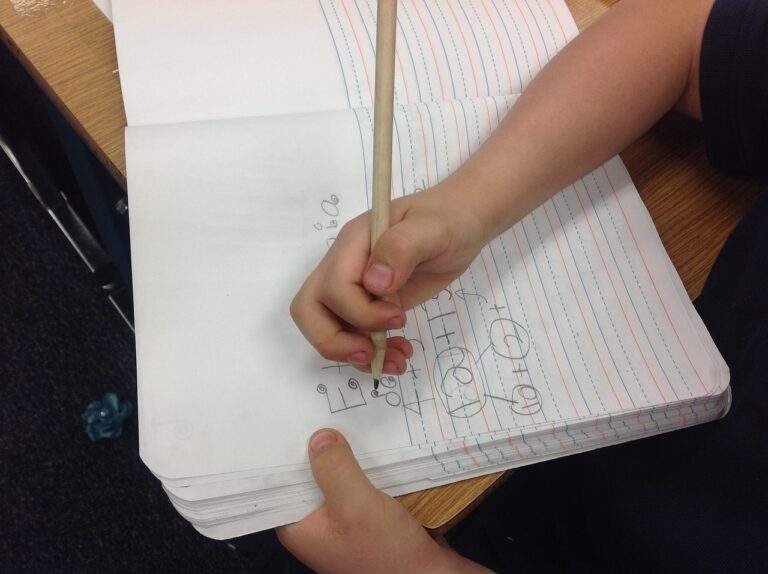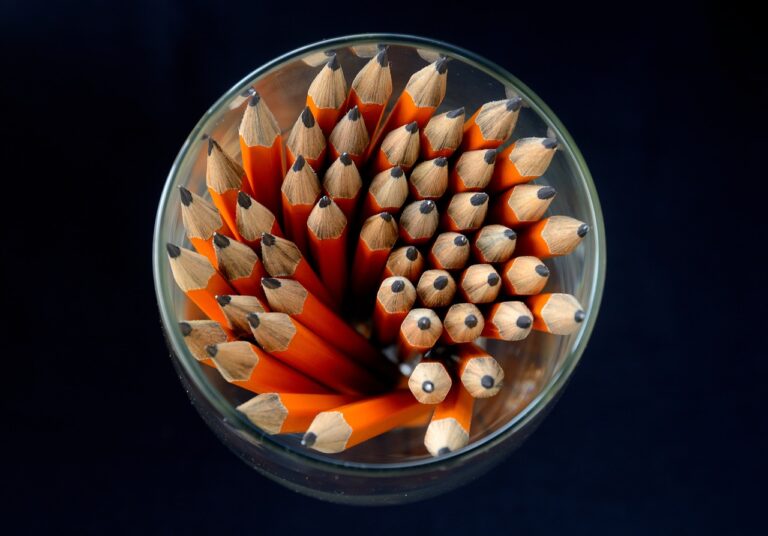The Role of Dance in Social Change
all pannel.com, lotus book 365, laserbook247:Dance has always been a powerful tool for social change. Throughout history, dance has been used to express emotions, tell stories, and bring people together. In recent years, dance has become an even more important tool for social change, as people around the world use dance to raise awareness about important issues, promote equality and justice, and inspire positive change.
The Role of Dance in Social Change
Dance has the power to bring people together, regardless of their backgrounds, beliefs, or experiences. When people come together to dance, they form a community that transcends differences and promotes unity and understanding. This sense of community can be a powerful force for social change, as it can inspire people to work together to create a more just and equitable society.
Dance can also be a powerful form of protest. Through dance, people can express their frustrations, fears, and hopes in a way that is both powerful and compelling. By using dance as a form of protest, people can raise awareness about important issues, challenge the status quo, and inspire others to take action.
In addition to promoting unity and inspiring protest, dance can also be a tool for healing and empowerment. Through dance, people can connect with their emotions, release stress and tension, and find strength and resilience. Dance can be a powerful form of therapy for people who have experienced trauma or discrimination, helping them to heal and reclaim their sense of agency.
Overall, dance plays a crucial role in social change. Whether through promoting unity, inspiring protest, or fostering healing, dance has the power to bring about positive change in the world. By harnessing the power of dance, we can work together to create a more just, equitable, and compassionate society.
The History of Dance in Social Change
Throughout history, dance has played a key role in social change movements around the world. From the civil rights movement in the United States to the anti-apartheid movement in South Africa, dance has been used to raise awareness, promote unity, and inspire action.
In the United States, dance has long been a tool for social change. During the civil rights movement of the 1950s and 1960s, African American dancers and choreographers used dance to express their frustrations with racial inequality, challenge stereotypes, and promote unity among different communities. Dancers like Alvin Ailey and Katherine Dunham created powerful works that addressed issues of race, identity, and social justice, inspiring audiences to take action and fight for equality.
In South Africa, dance played a crucial role in the anti-apartheid movement. During the 1970s and 1980s, dancers and choreographers used traditional South African dances to protest against the oppressive policies of the apartheid regime. Through dance, they expressed their anger, frustration, and hope for a better future, inspiring others to join the struggle for freedom and equality.
In both the United States and South Africa, dance has been a powerful tool for social change, inspiring people to come together, speak out against injustice, and work towards a more just and equitable society.
Using Dance for Social Change Today
Today, people around the world continue to use dance as a tool for social change. From flash mobs and protest dances to community dance projects and dance therapy programs, dance is being used in a variety of ways to promote unity, raise awareness, and inspire action.
One example of dance being used for social change is the #MeToo movement. Through powerful dance performances, workshops, and social media campaigns, dancers and choreographers have been raising awareness about sexual harassment and abuse, empowering survivors to speak out, and challenging attitudes and behaviors that perpetuate gender-based violence.
Another example is the Black Lives Matter movement. Dancers and choreographers have been using dance to express their anger, frustration, and hope for racial justice, creating powerful works that challenge racism, promote unity, and inspire action.
Overall, dance continues to play a crucial role in social change movements around the world. By harnessing the power of dance, we can raise awareness about important issues, promote unity and understanding, and inspire people to work together to create a more just, equitable, and compassionate society.
FAQs
Q: How can I get involved in using dance for social change?
A: There are many ways to get involved in using dance for social change. You can join a community dance project, participate in a protest dance, or support organizations that use dance for social justice. You can also create your own dance works that address important social issues and inspire positive change.
Q: Is dance only effective for social change in certain cultures?
A: No, dance can be a powerful tool for social change in any culture. Every culture has its own unique dance traditions and styles that can be used to raise awareness, promote unity, and inspire action. By embracing the diversity of dance styles and traditions around the world, we can harness the power of dance to create positive change in any community.
Q: How can I use dance to promote unity and understanding in my community?
A: You can use dance to promote unity and understanding in your community by organizing dance workshops, performances, or events that bring people together. By celebrating the diversity of dance styles and traditions in your community, you can create opportunities for people to connect, learn from each other, and work together to create a more inclusive and harmonious society.

